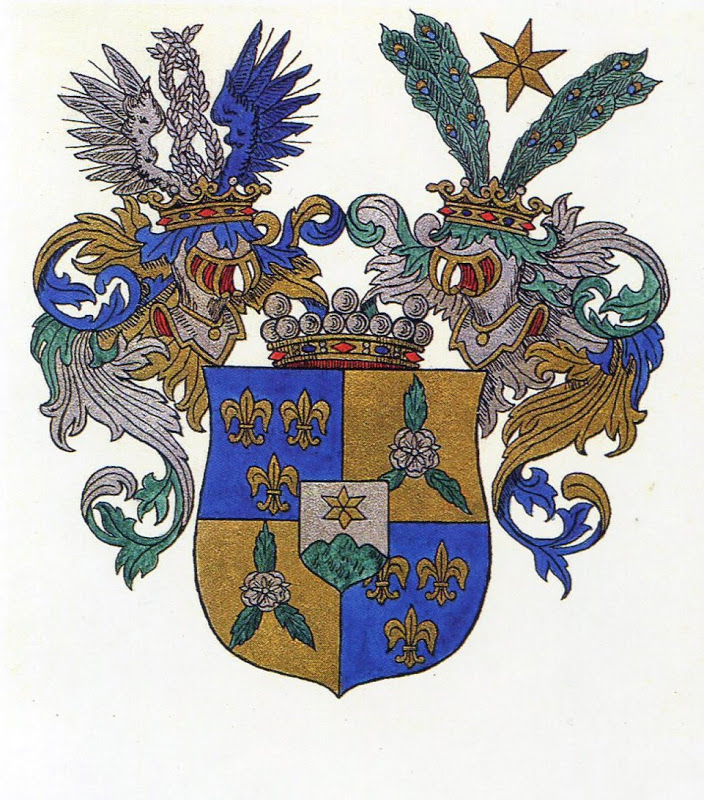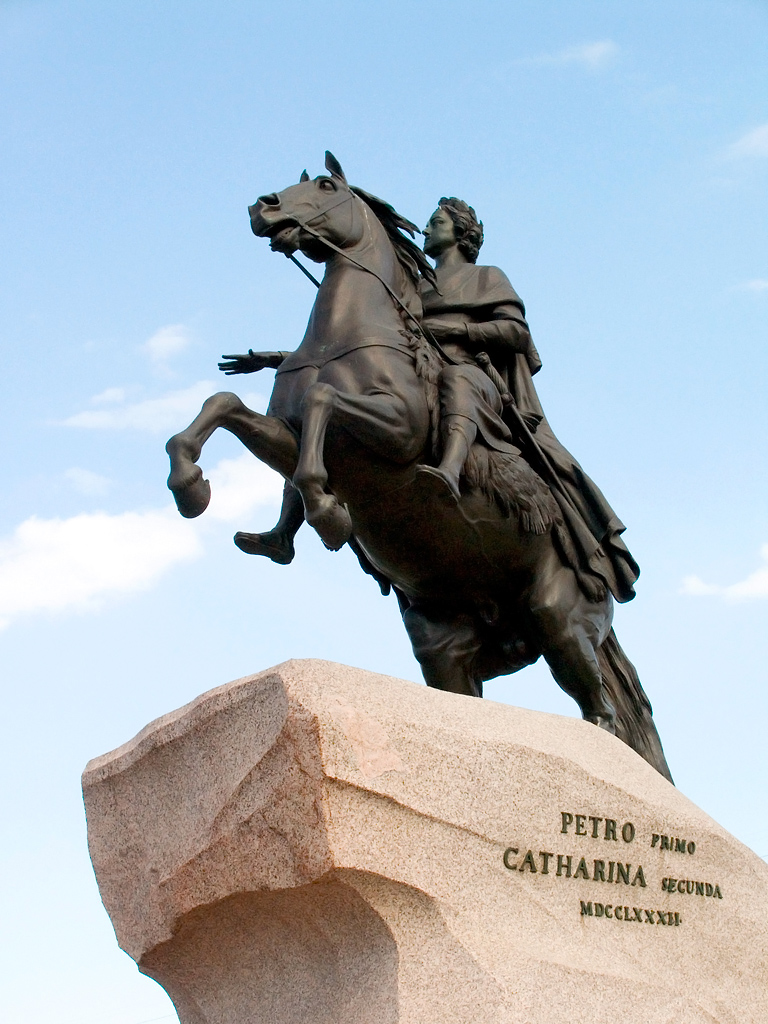|
Pavel Military School
Pavel Military School (russian: Павловское военное училище, Pavlovskoye voennoye uchilishche) (also translated as Pavlovsk Military School, Pavlovsk Military College) is a military school in St. Petersburg, Russia, established in 1863 on the basis of the Pavel Cadet Corps. It was closed in November 1917 after the October Revolution. at the school website It was named after emperor . Over time it had the following names: * 1829-1863 — Павловский кадетский корпус; * 1863-1894 — 1-е военное Павловское училище; * 1894- November 1917 - Павловское военное училище. Alumni * |
Military School
A military academy or service academy is an educational institution which prepares candidates for service in the officer corps. It normally provides education in a military environment, the exact definition depending on the country concerned. Three types of academy exist: pre-collegiate-level institutions awarding academic qualifications, university-level institutions awarding bachelor's-degree-level qualifications, and those preparing Officer Cadets for commissioning into the armed services of the state. A naval academy is either a type of military academy (in the broad sense of that term) or is distinguished from one (in the narrow sense). In U.S. usage, the Military, Naval, Coast Guard, and the Air Force Academy serve as military academies under the categorization of service academies in that country. History The first military academies were established in the 18th century to provide future officers for technically specialized corps, such as military engineers and art ... [...More Info...] [...Related Items...] OR: [Wikipedia] [Google] [Baidu] |
Russia
Russia (, , ), or the Russian Federation, is a List of transcontinental countries, transcontinental country spanning Eastern Europe and North Asia, Northern Asia. It is the List of countries and dependencies by area, largest country in the world, with its internationally recognised territory covering , and encompassing one-eighth of Earth's inhabitable landmass. Russia extends across Time in Russia, eleven time zones and shares Borders of Russia, land boundaries with fourteen countries, more than List of countries and territories by land borders, any other country but China. It is the List of countries and dependencies by population, world's ninth-most populous country and List of European countries by population, Europe's most populous country, with a population of 146 million people. The country's capital and List of cities and towns in Russia by population, largest city is Moscow, the List of European cities by population within city limits, largest city entirely within E ... [...More Info...] [...Related Items...] OR: [Wikipedia] [Google] [Baidu] |
Cadet Corps (Russia)
A Cadet corps (russian: Кадетский корпус, translit=Kadetskiy korpus), historically an admissions-based all-boys military cadets school, prepared boys to become commissioned officers in Imperial Russia. Boys entered a cadet corps between the ages of 8 and 15. History Empress Anna Ivanovna founded the first cadet corps in Saint Petersburg, Russian Empire, in 1731. The term of education was seven years. All instructors had a military rank; they taught a full program of military preparation. In 1766 Catherine the Great's educational reforms broadened the curriculum to include the sciences, philosophy, ethics, history, and international law. A graduate from the corps became a junker and had prime candidacy for a military career. During the October Revolution and the 1917-1923 Russian Civil War, cadets and junkers largely supported the anti-bolshevik White movement. (Distinguish the military cadets of this era from the members of the Constitutional Democratic Party, ... [...More Info...] [...Related Items...] OR: [Wikipedia] [Google] [Baidu] |
October Revolution
The October Revolution,. officially known as the Great October Socialist Revolution. in the Soviet Union, also known as the Bolshevik Revolution, was a revolution in Russia led by the Bolshevik Party of Vladimir Lenin that was a key moment in the larger Russian Revolution of 1917–1923. It was the second revolutionary change of government in Russia in 1917. It took place through an armed insurrection in Petrograd (now Saint Petersburg) on . It was the precipitating event of the Russian Civil War. The October Revolution followed and capitalized on the February Revolution earlier that year, which had overthrown the Tsarist autocracy, resulting in a liberal provisional government. The provisional government had taken power after being proclaimed by Grand Duke Michael, Tsar Nicholas II's younger brother, who declined to take power after the Tsar stepped down. During this time, urban workers began to organize into councils (soviets) wherein revolutionaries criticized the pro ... [...More Info...] [...Related Items...] OR: [Wikipedia] [Google] [Baidu] |
Pavel I Of Russia
Paul I (russian: Па́вел I Петро́вич ; – ) was Emperor of Russia from 1796 until his assassination. Officially, he was the only son of Peter III and Catherine the Great, although Catherine hinted that he was fathered by her lover Sergei Saltykov.Aleksandr Kamenskii, ''The Russian Empire in the Eighteenth Century: Searching for a Place in the World'' (1997) pp 265–280. Paul remained overshadowed by his mother for most of his life. He adopted the laws of succession to the Russian throne—rules that lasted until the end of the Romanov dynasty and of the Russian Empire. He also intervened in the French Revolutionary Wars and, toward the end of his reign, added Kartli and Kakheti in Eastern Georgia into the empire, which was confirmed by his son and successor Alexander I. He was ''de facto'' Grand Master of the Order of Hospitallers from 1799 to 1801 and ordered the construction of a number of Maltese thrones. Paul's pro-German sentiments and unpredictable ... [...More Info...] [...Related Items...] OR: [Wikipedia] [Google] [Baidu] |
Aleksey Kuropatkin
Aleksey Nikolayevich Kuropatkin (russian: Алексе́й Никола́евич Куропа́ткин; March 29, 1848January 16, 1925) served as the Russian Imperial Minister of War from January 1898 to February 1904 and as a field commander subsequently. Historians often hold him responsible for major Russian defeats in the Russo-Japanese War of 1904 to 1905, most notably at the Battle of Mukden (1905) and at the Battle of Liaoyang (August-September 1904). Biography Early years Kuropatkin was born in 1848 in Kholmsky Uyezd, Pskov Governorate, in the Russian Empire. His father, a retired army captain, came from landed gentry. Educated in the Cadet Corps and Pavlovsky Military School, Kuropatkin entered the Imperial Russian Army in 1864. On August 8, 1866, he was promoted to lieutenant in the 1st Turkestan Infantry Battalion, and took part in the conquest of Bukhara, the storming of Samarkand and other battles in the Russian conquest of Turkestan. He was promoted to ma ... [...More Info...] [...Related Items...] OR: [Wikipedia] [Google] [Baidu] |
Roman Von Ungern-Sternberg
Nikolai Robert Maximilian Freiherr von Ungern-Sternberg (russian: link=no, Роман Фёдорович фон Унгерн-Штернберг, translit=Roman Fedorovich fon Ungern-Shternberg; 10 January 1886 – 15 September 1921), often referred to as Roman von Ungern-Sternberg or Baron Ungern, was an anticommunist general in the Russian Civil War and then an independent warlord who intervened in Mongolia against China. A part of the Russian Empire's Baltic German minority, Ungern was an ultraconservative monarchist who aspired to restore the Russian monarchy after the 1917 Russian Revolutions and to revive the Mongol Empire under the rule of the Bogd Khan. His attraction to Vajrayana Buddhism and his eccentric, often violent, treatment of enemies and his own men earned him the sobriquet "the Mad Baron" or "the Bloody Baron". In February 1921, at the head of the Asiatic Cavalry Division, Ungern expelled Chinese troops from Mongolia and restored the monarchic power of the Bogd ... [...More Info...] [...Related Items...] OR: [Wikipedia] [Google] [Baidu] |
Military Of The Russian Empire
A military, also known collectively as armed forces, is a heavily armed, highly organized force primarily intended for warfare. It is typically authorized and maintained by a sovereign state, with its members identifiable by their distinct military uniform. It may consist of one or more military branches such as an army, navy, air force, space force, marines, or coast guard. The main task of the military is usually defined as defence of the state and its interests against external armed threats. In broad usage, the terms ''armed forces'' and ''military'' are often treated as synonymous, although in technical usage a distinction is sometimes made in which a country's armed forces may include both its military and other paramilitary forces. There are various forms of irregular military forces, not belonging to a recognized state; though they share many attributes with regular military forces, they are less often referred to as simply ''military''. A nation's military may ... [...More Info...] [...Related Items...] OR: [Wikipedia] [Google] [Baidu] |
History Of Saint Petersburg
The city of Saint Petersburg was founded by Tsar Peter the Great on 27 May 1703. It became the capital of the Russian Empire for more than two hundred years (1712–1728, 1732–1918). Saint Petersburg ceased being the capital in 1918 after the Russian Revolution of 1917. The new capital On 1 May 1703, Peter the Great took both the Swedish fortress of Nyenschantz and the city of Nyen, on the Neva river. Tsar Peter the Great founded the city on 27 May 1703 (in the Gregorian calendar, 16 May in the Julian calendar) after he reconquered the Ingrian land from Sweden, in the Great Northern War. He named the city after his patron saint, the apostle Saint Peter. The original spelling in three words () uses la, Sankt, as in Sankt Goar and some other European cities (it is a common misconception about the " Dutch cultural origin"; for local versions, there are or in modern Dutch. Besides Netherlands, Peter the Great also spent three months in Great Britain so it is preferable to sp ... [...More Info...] [...Related Items...] OR: [Wikipedia] [Google] [Baidu] |



.jpg)


